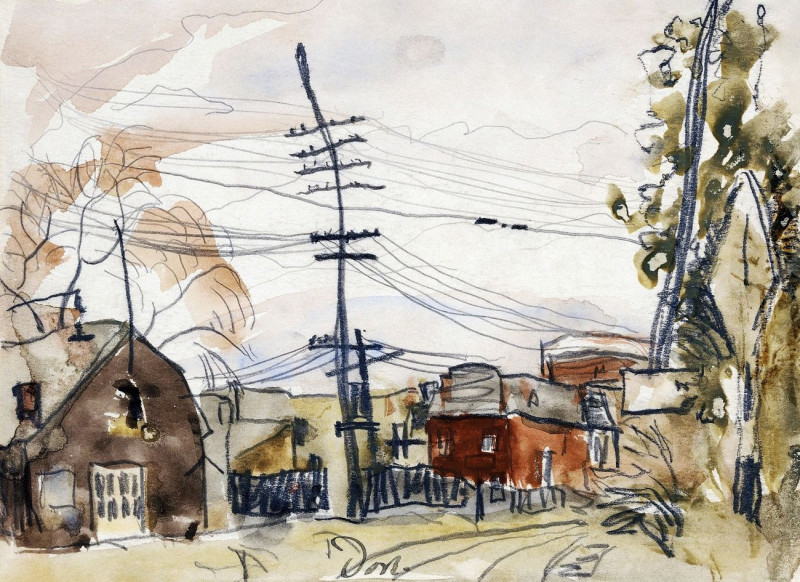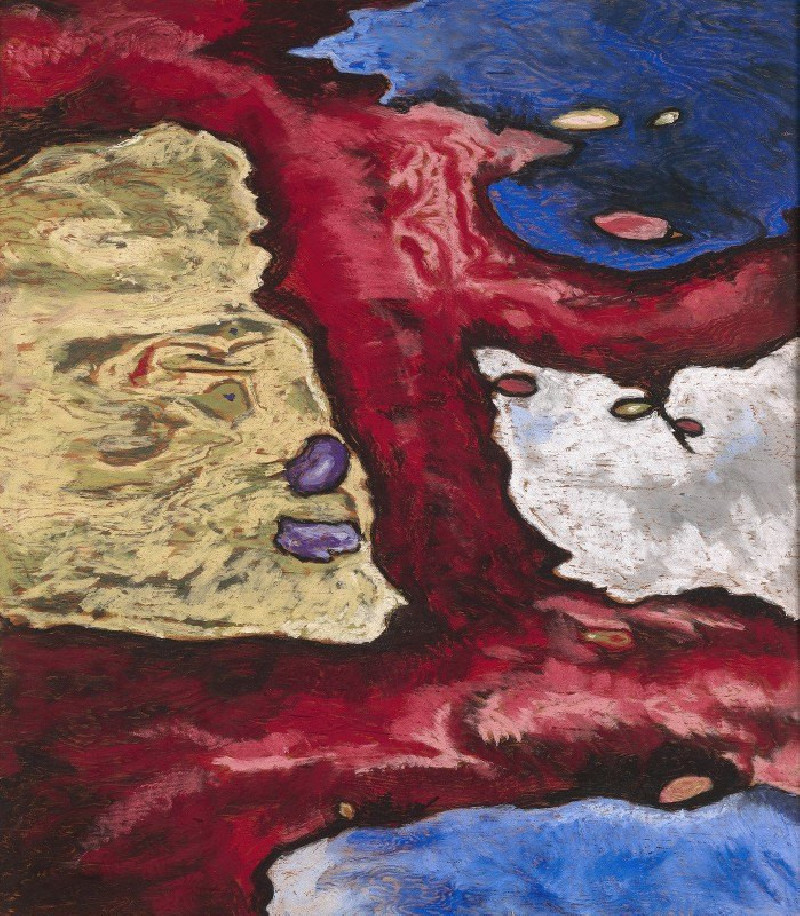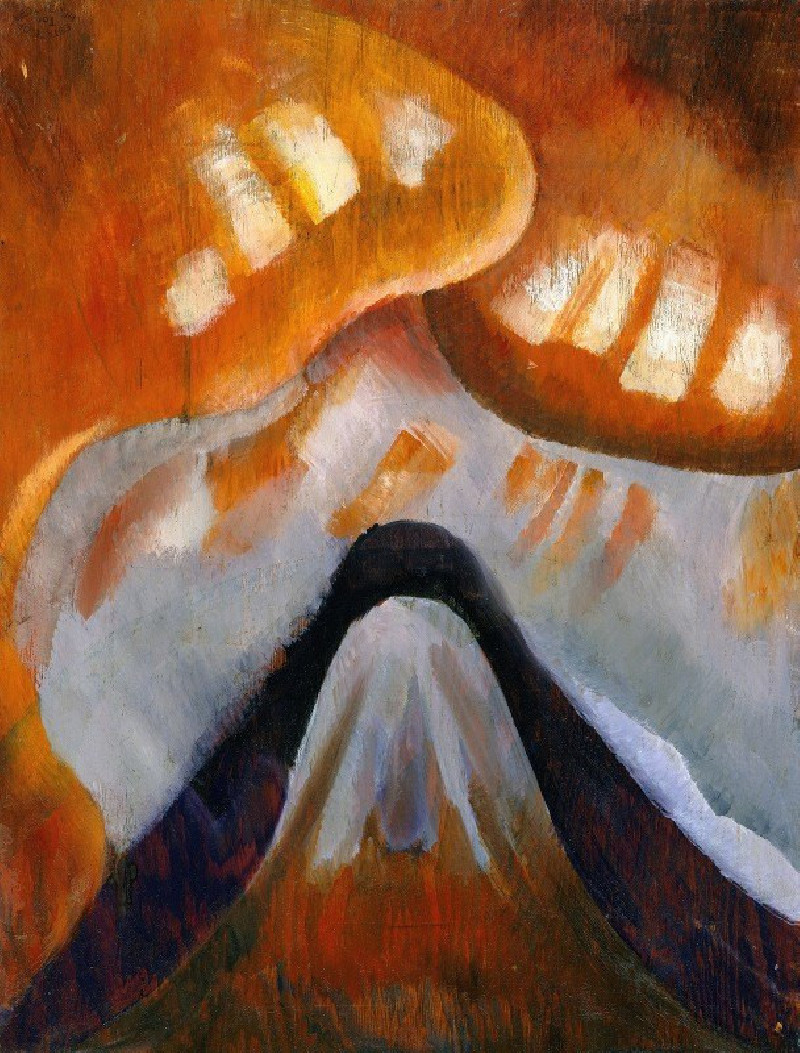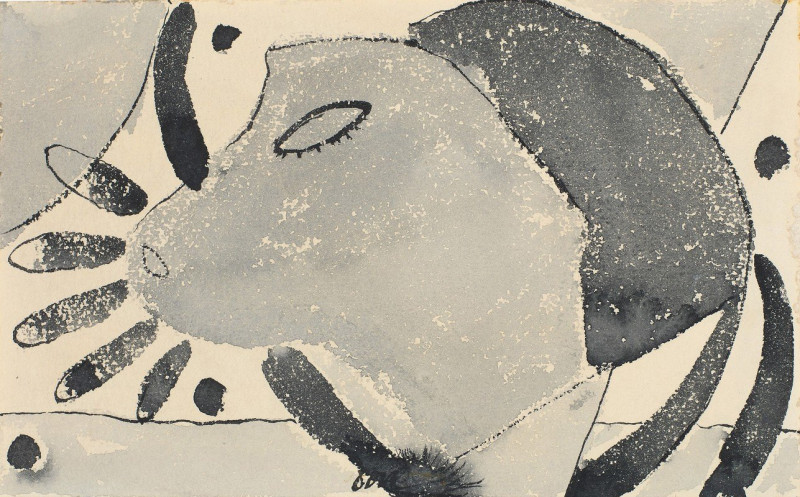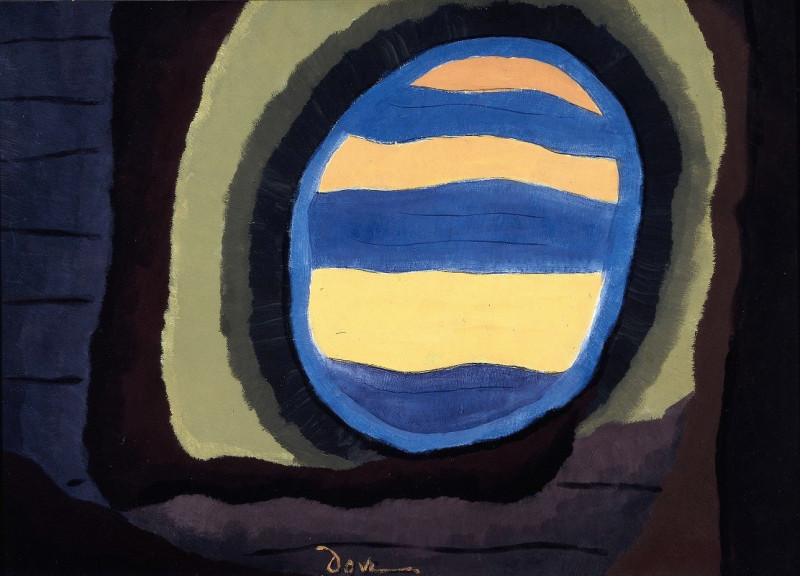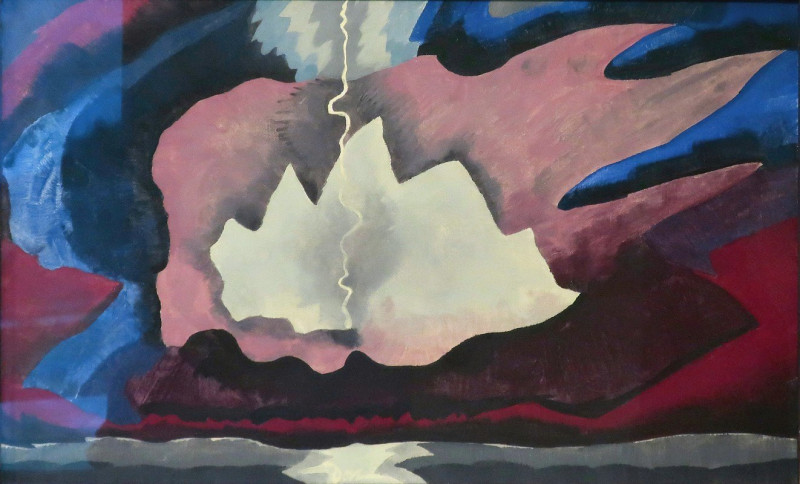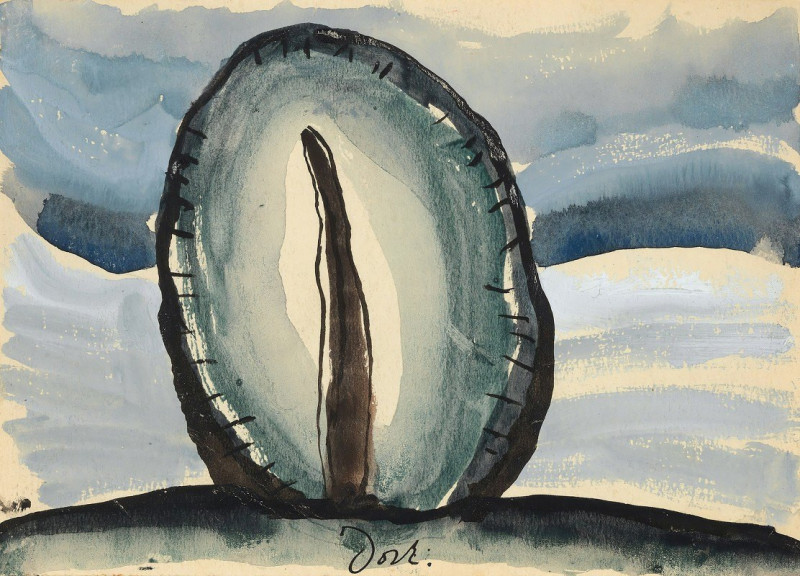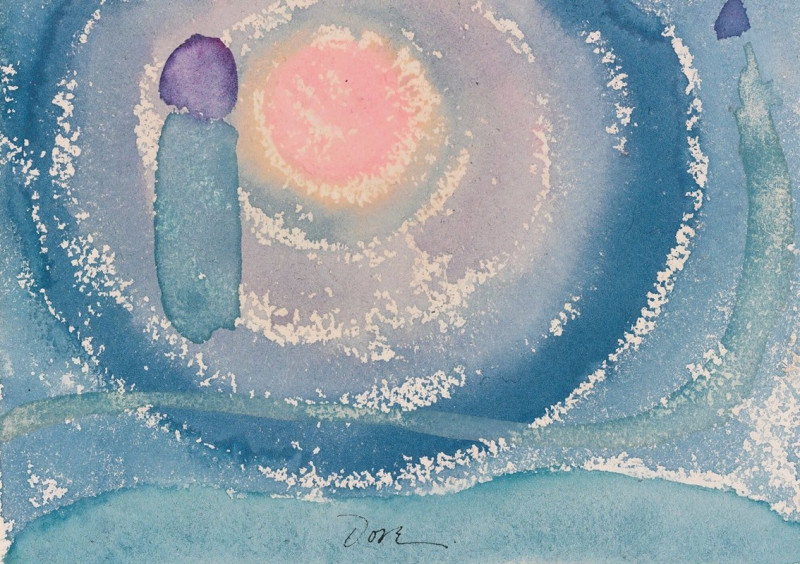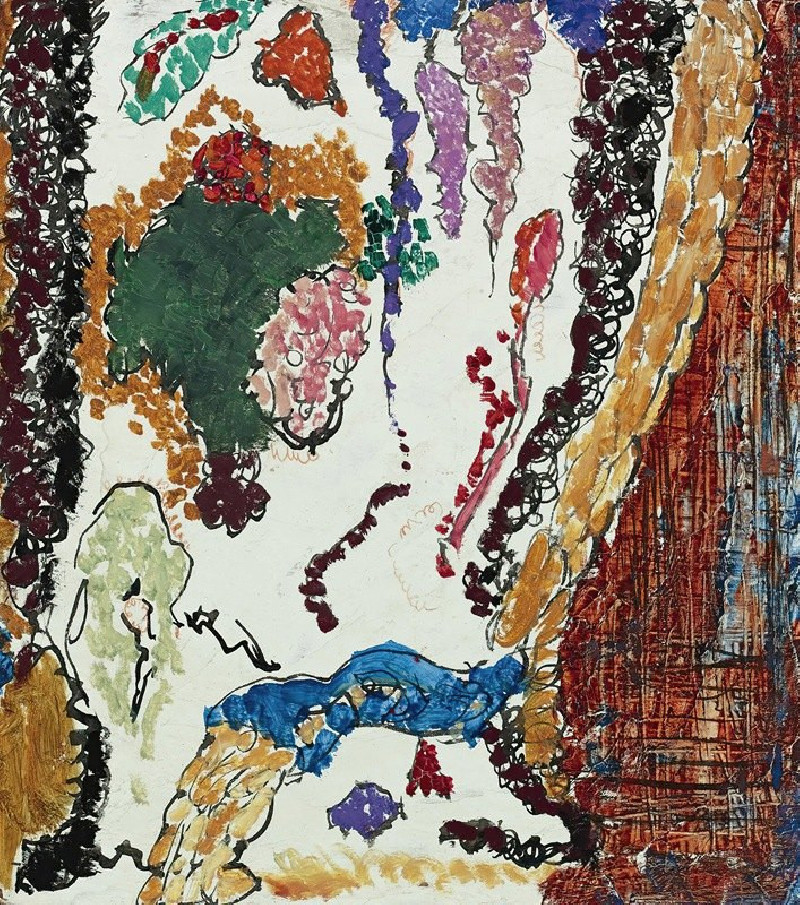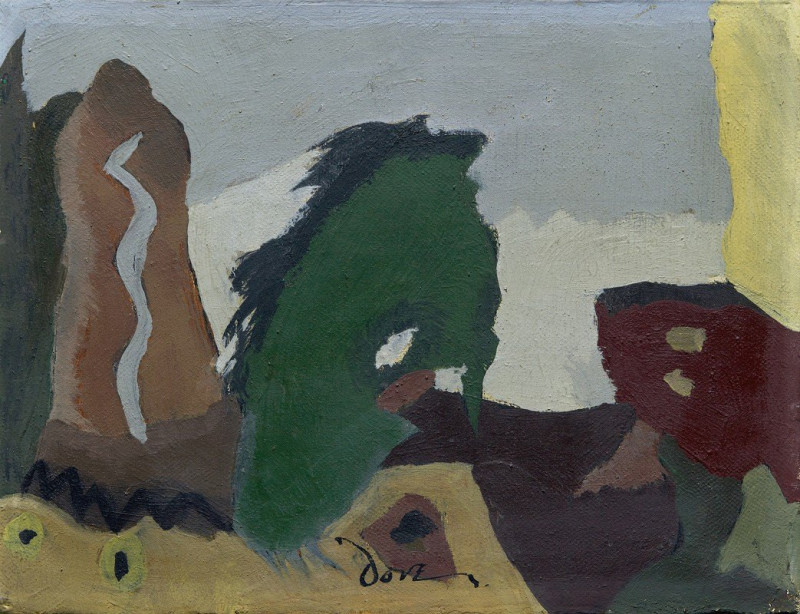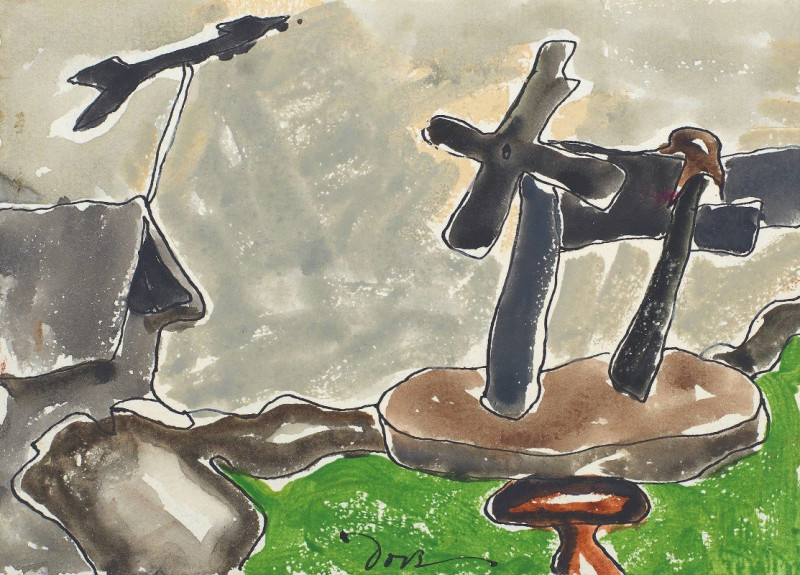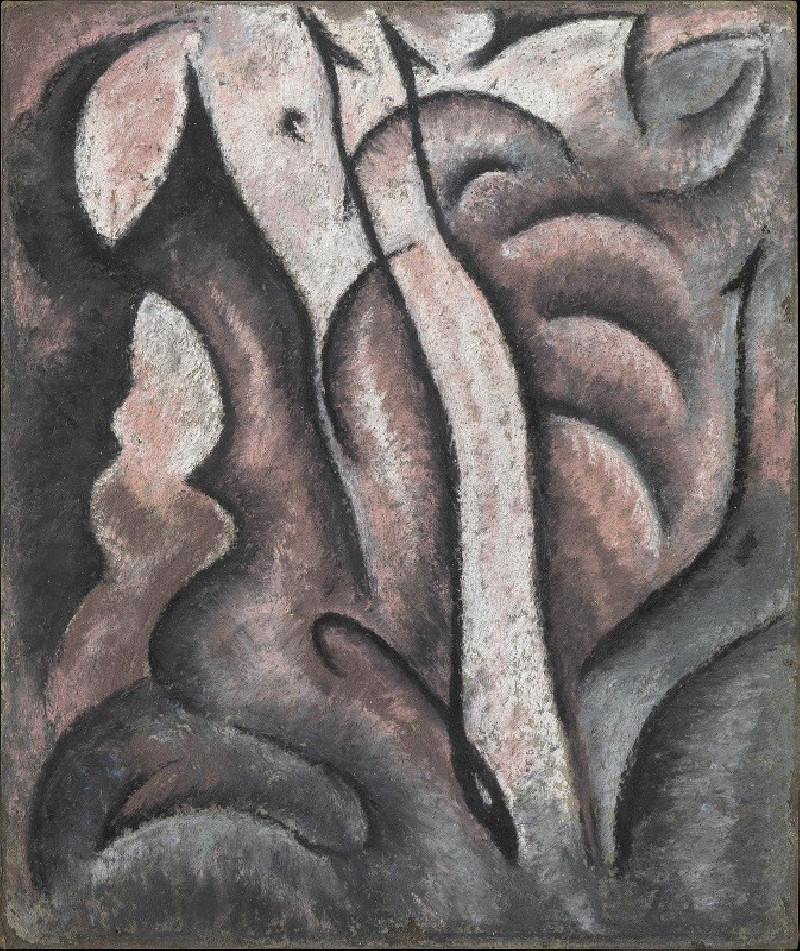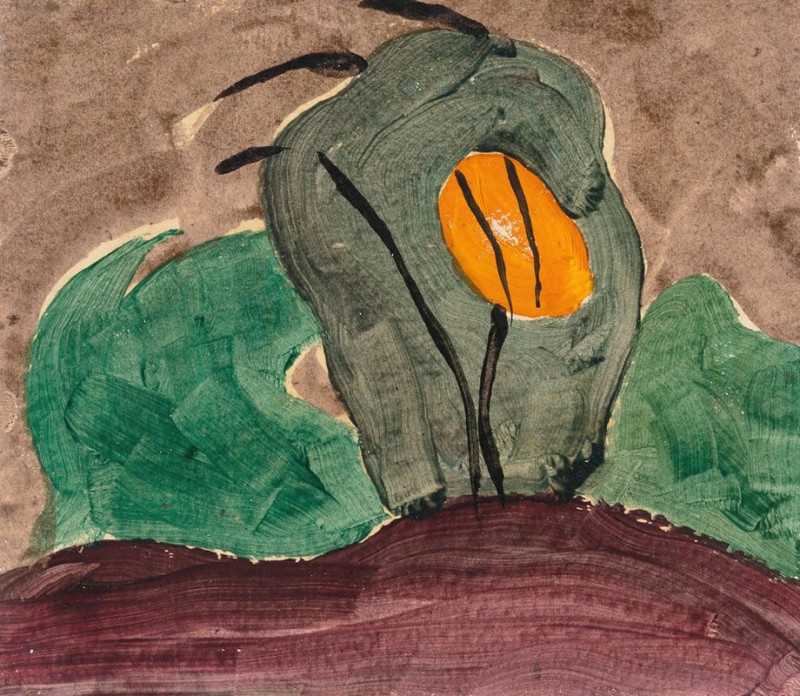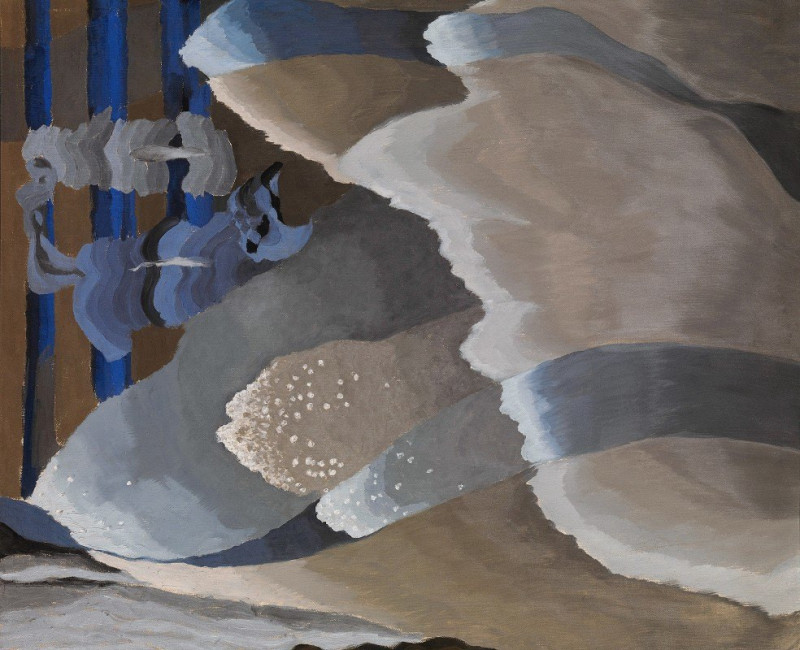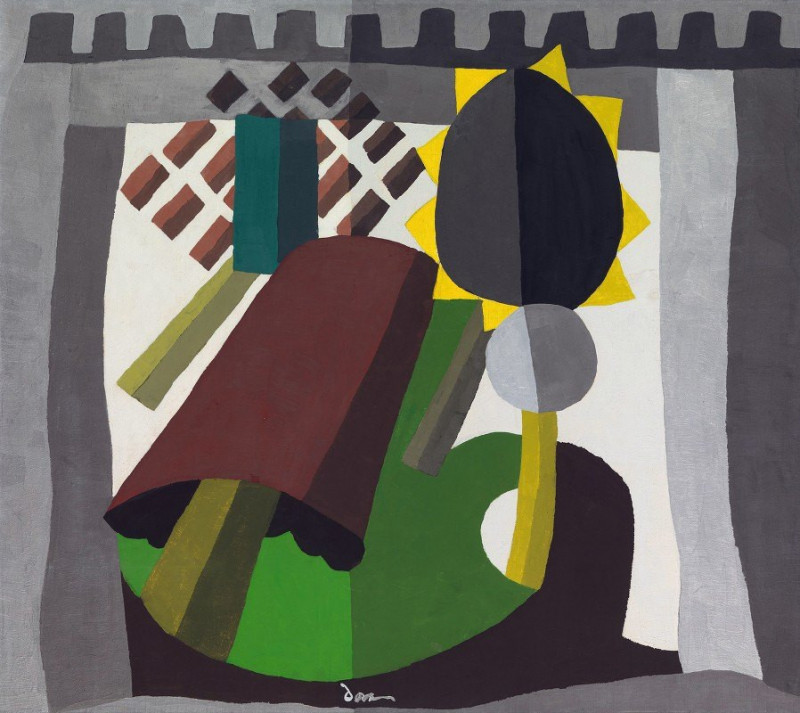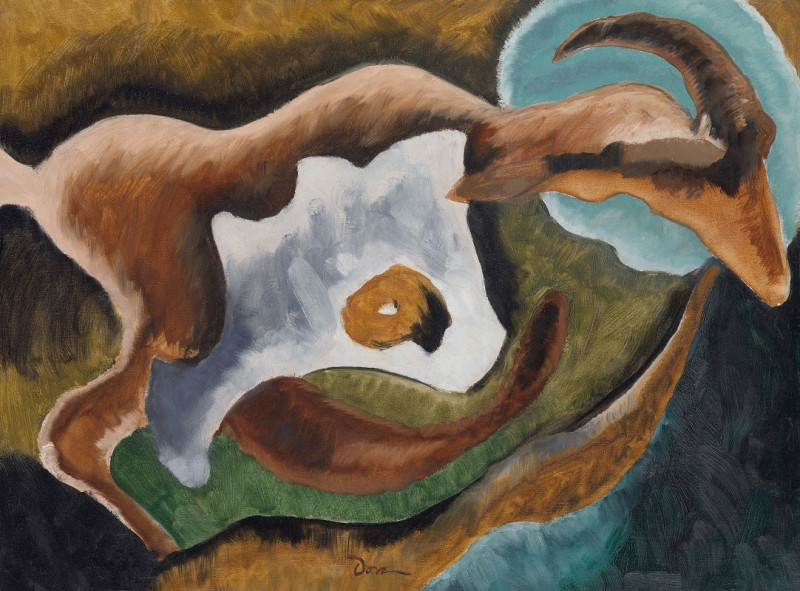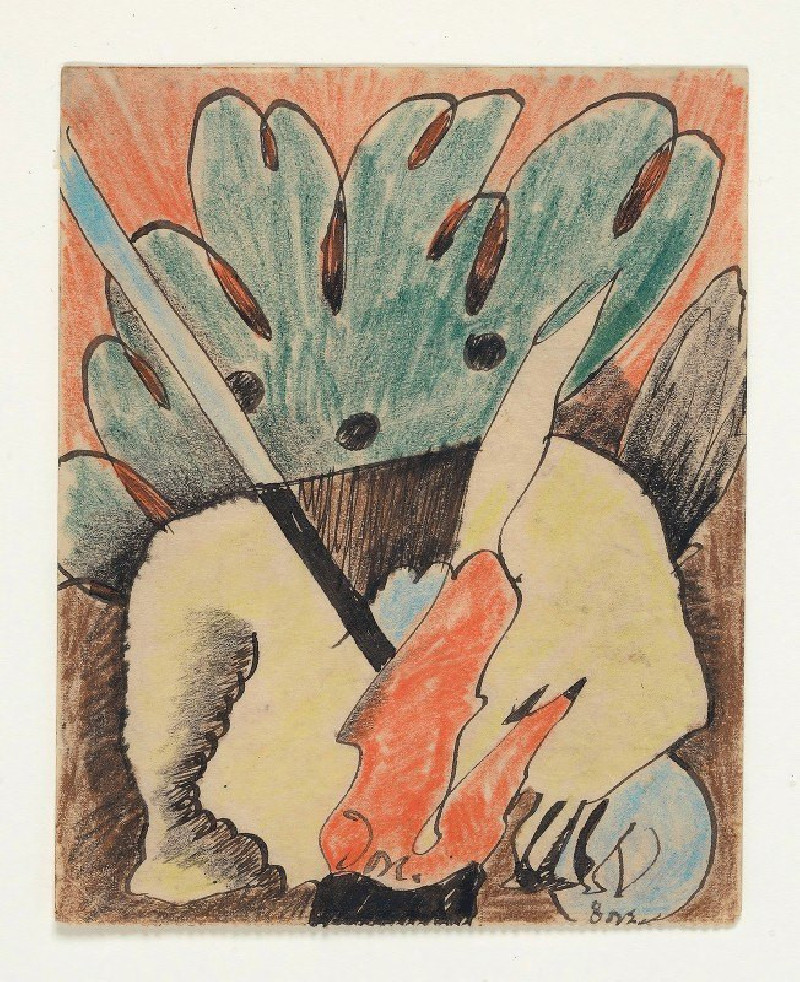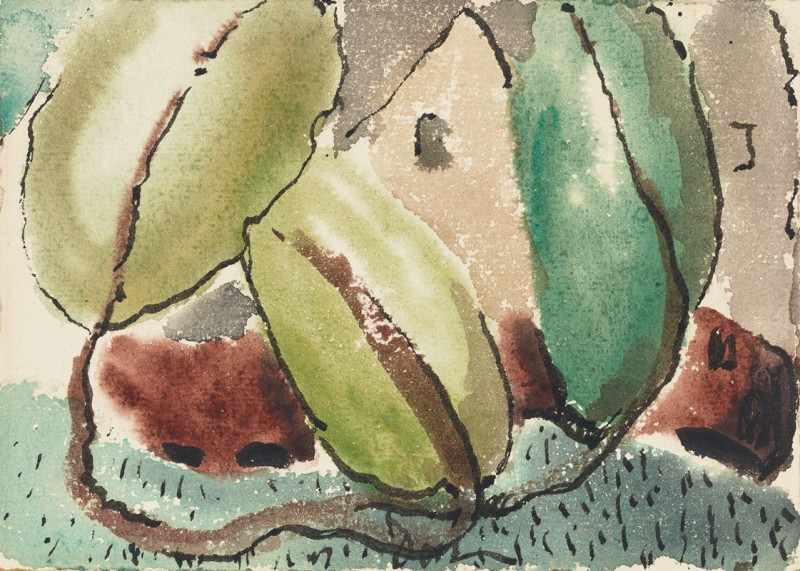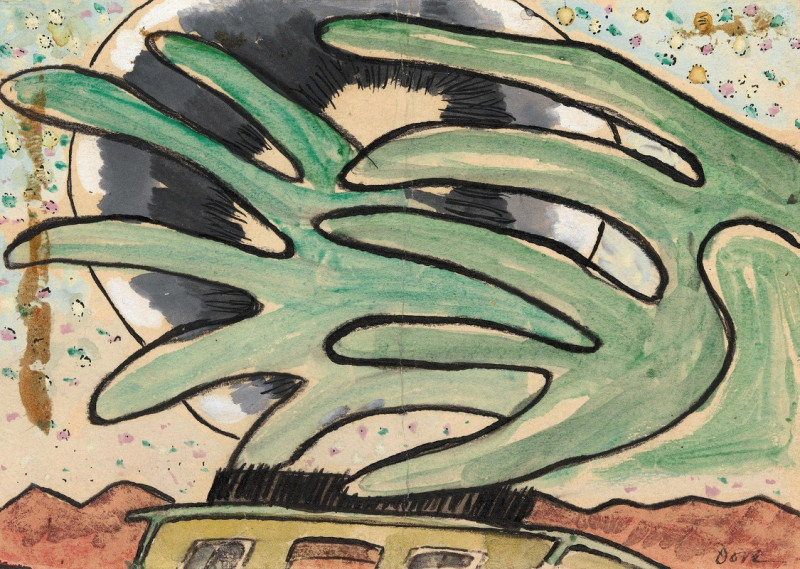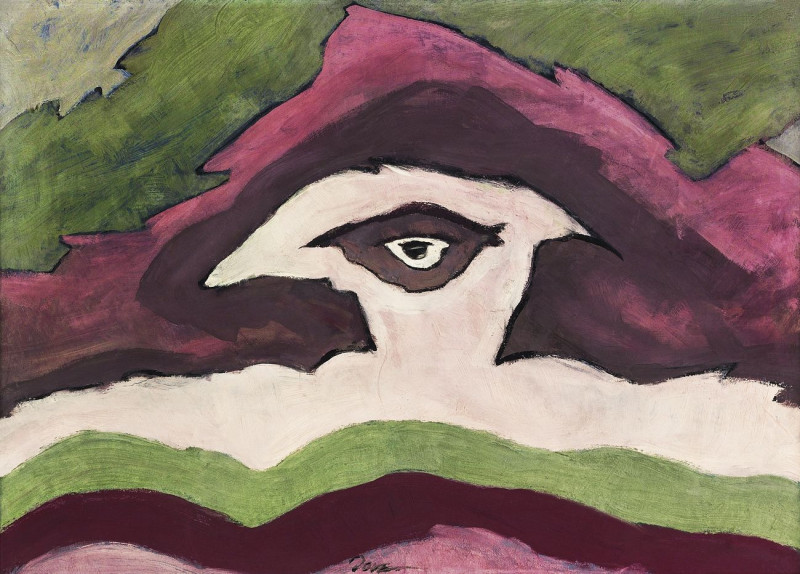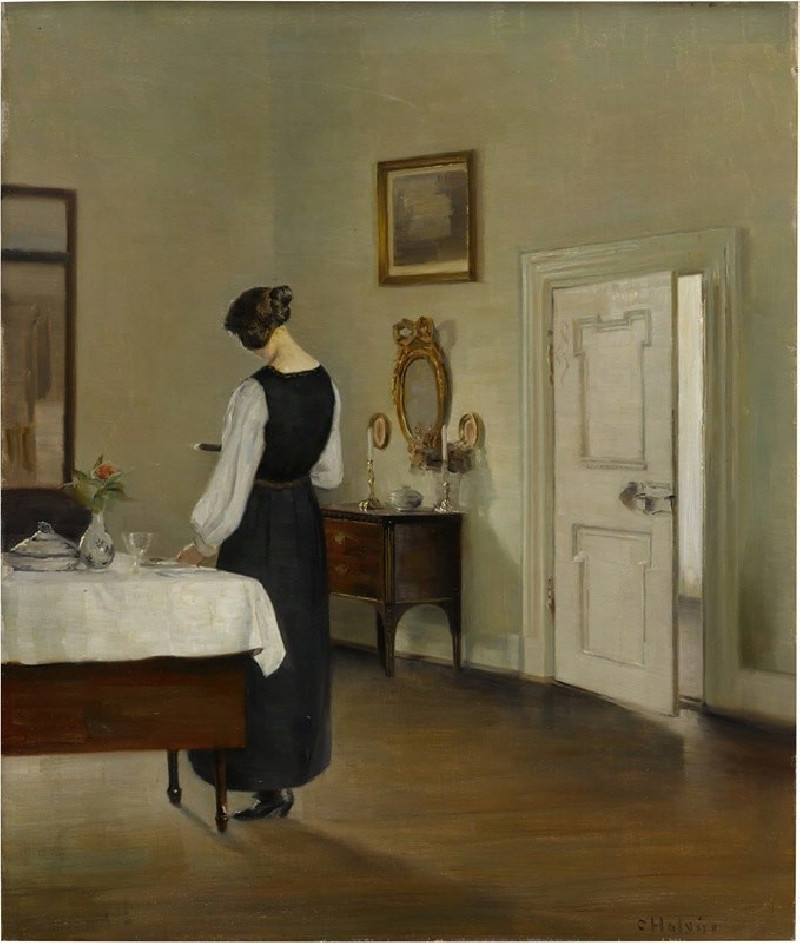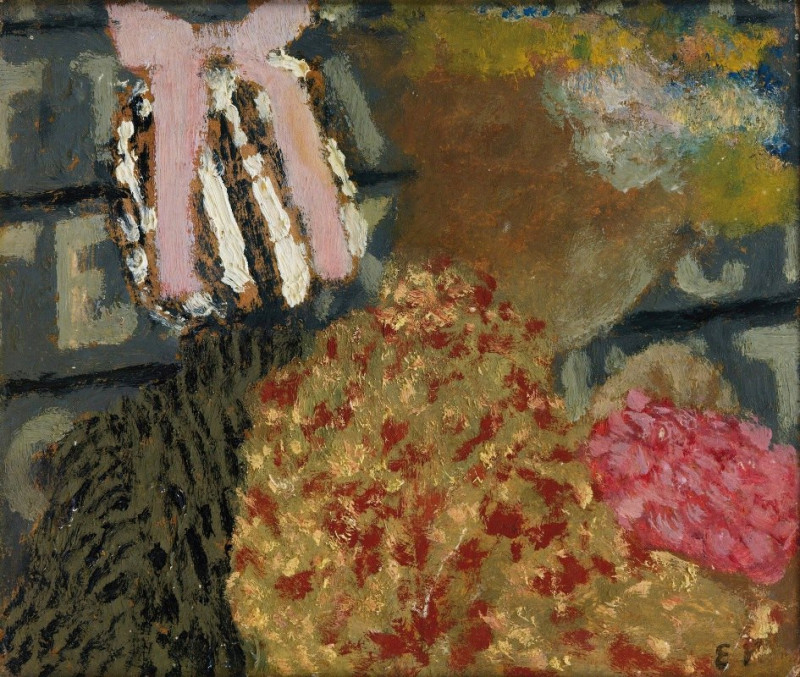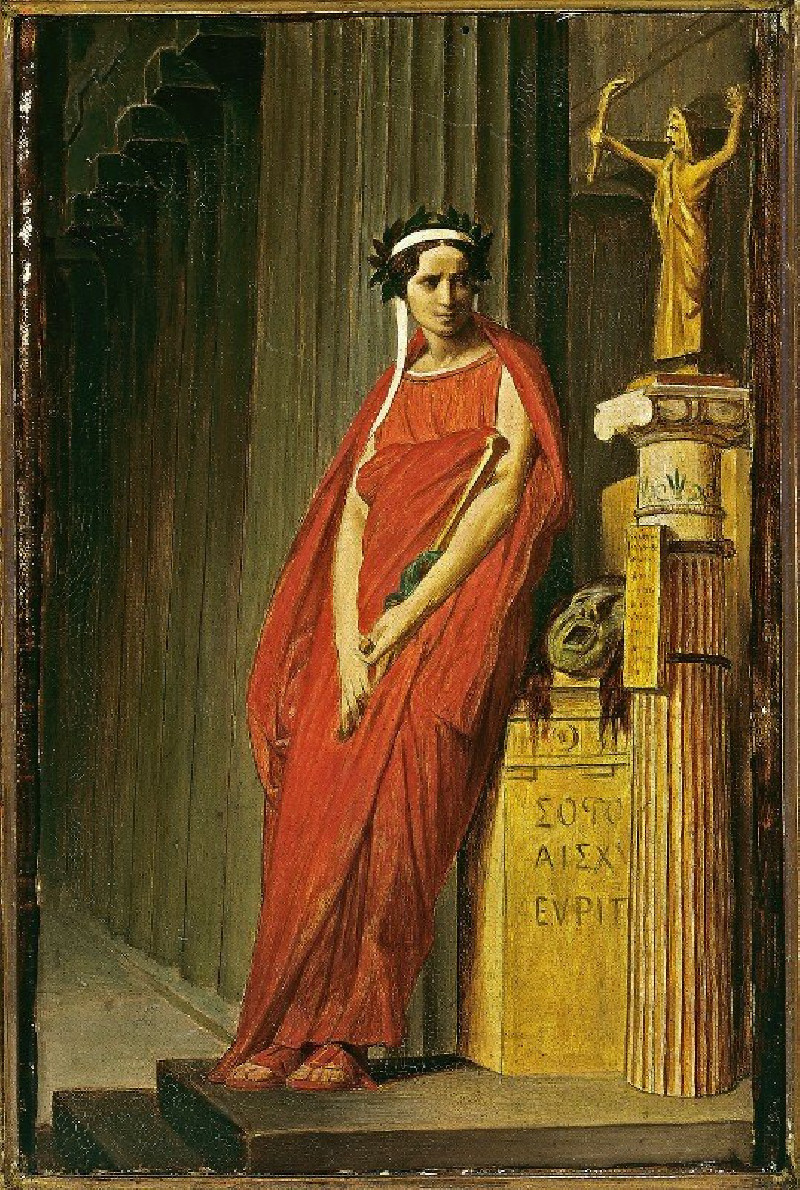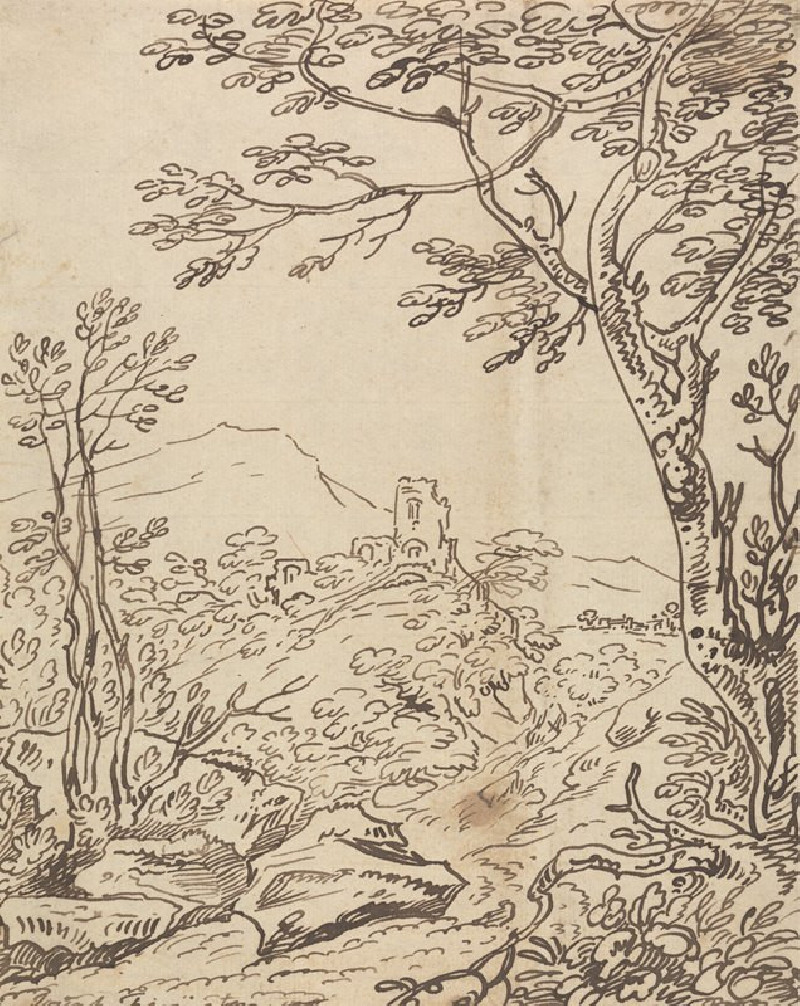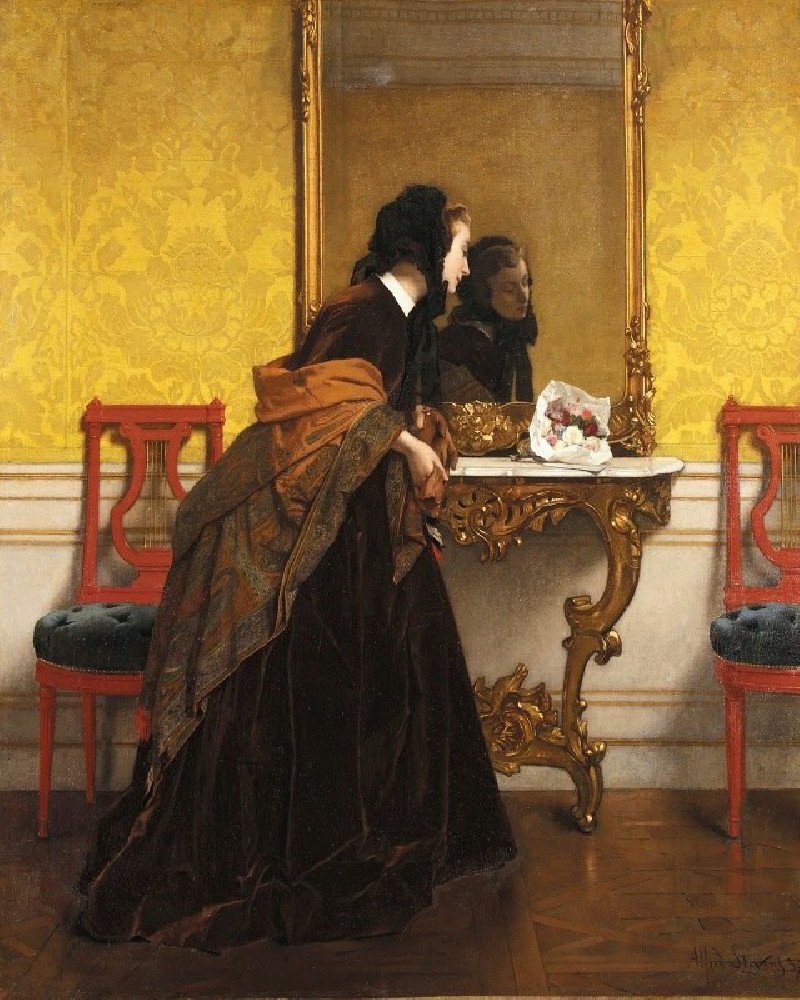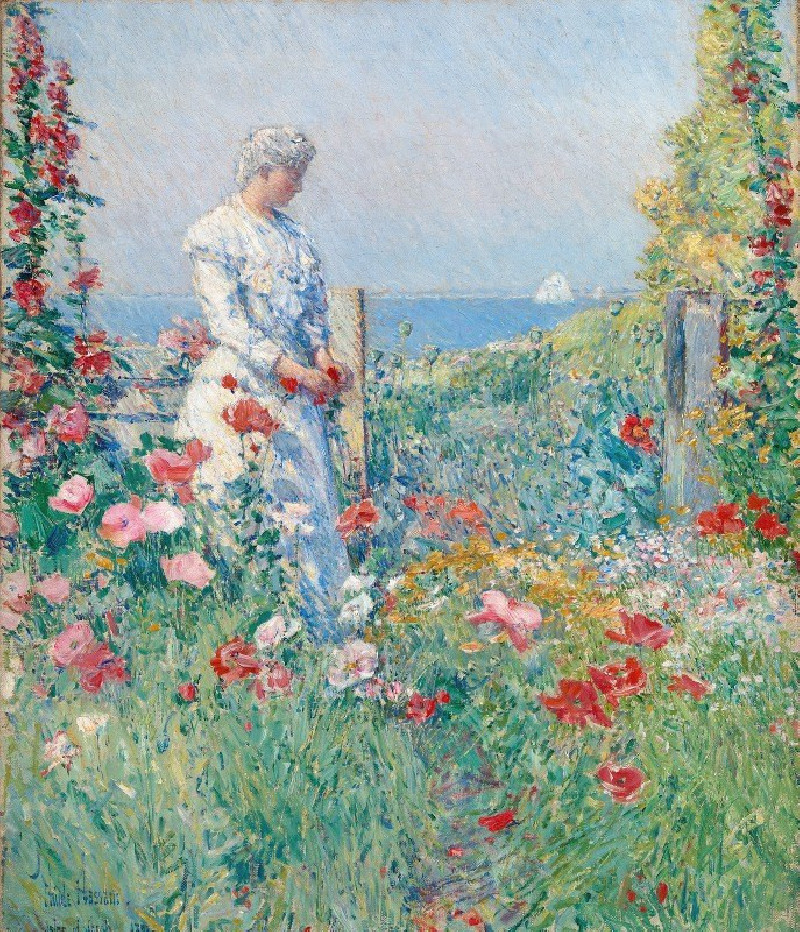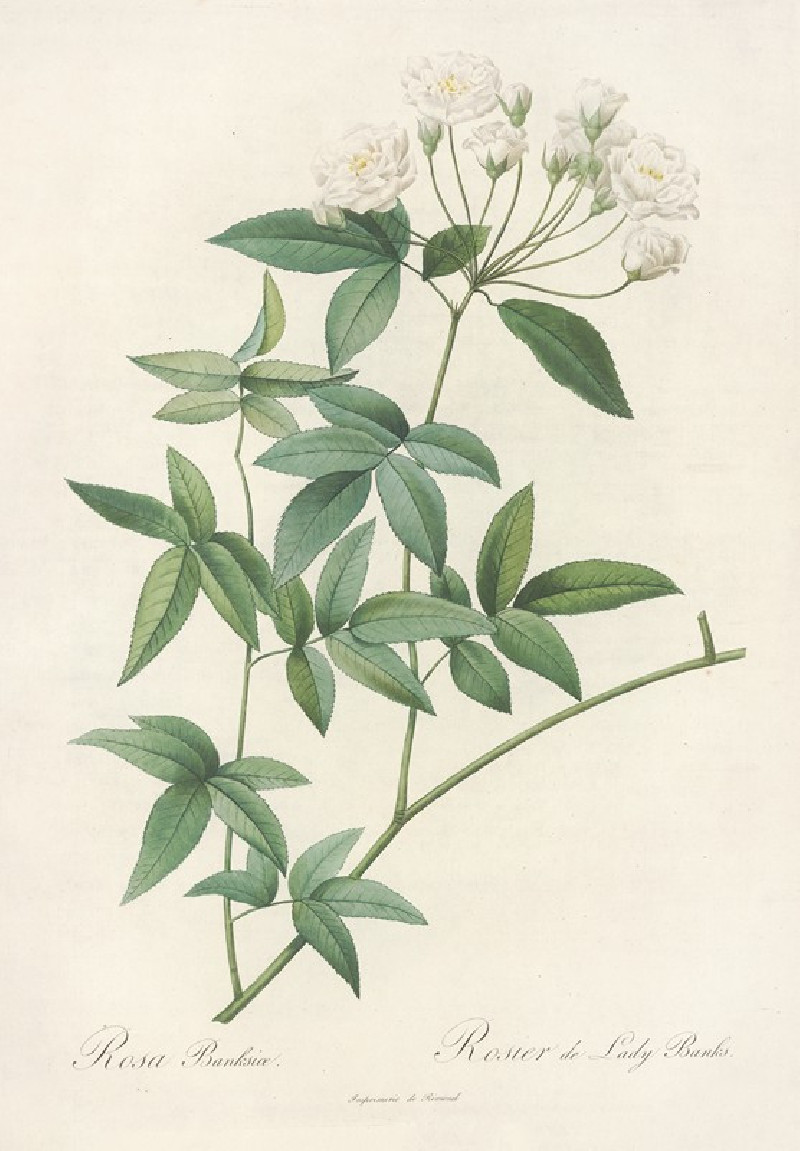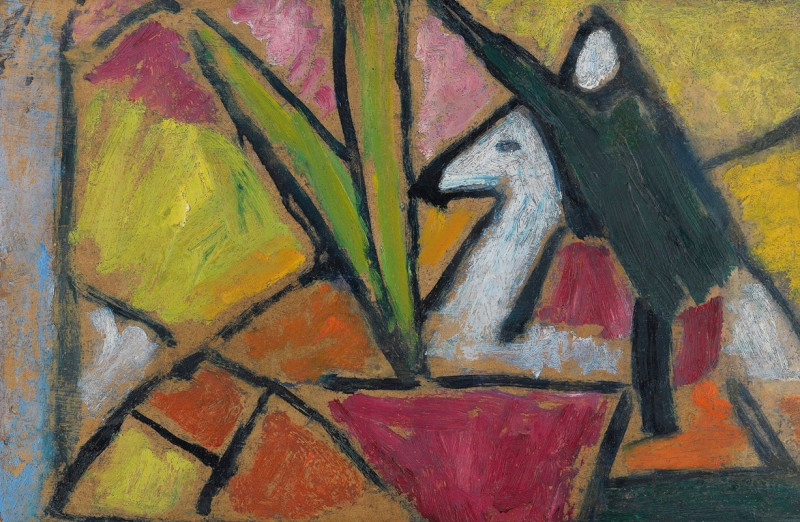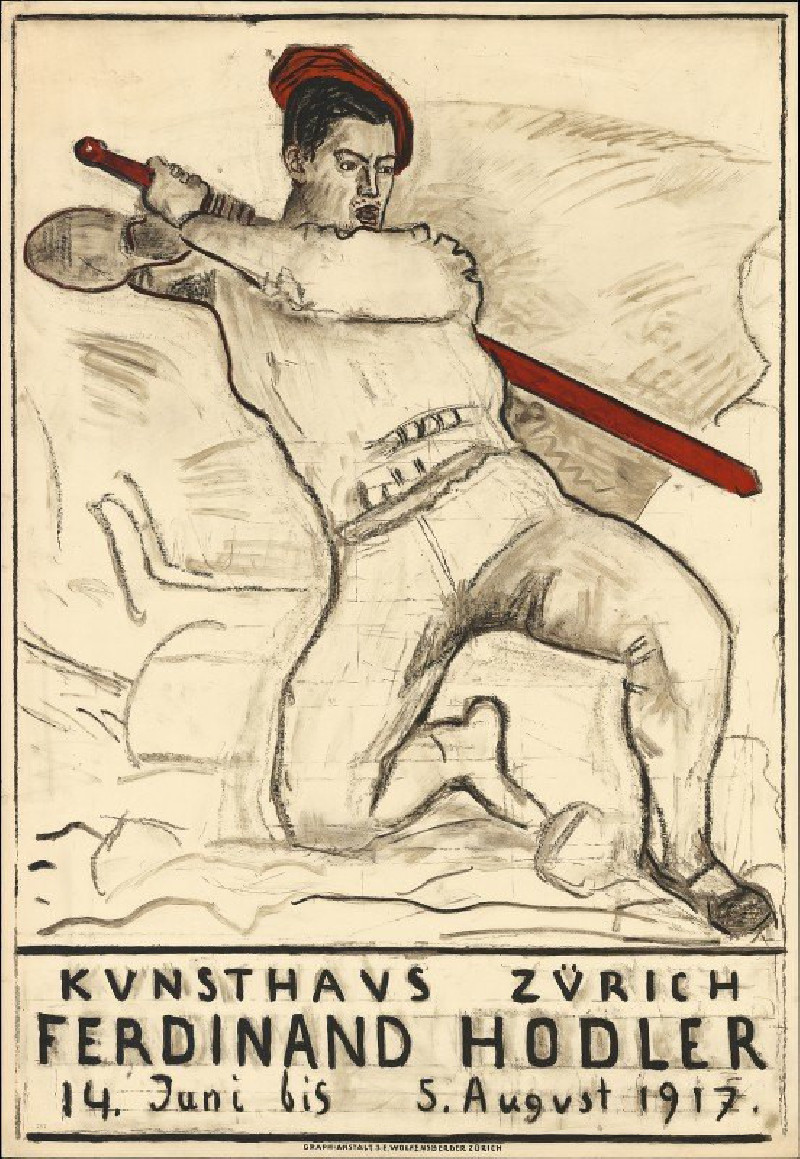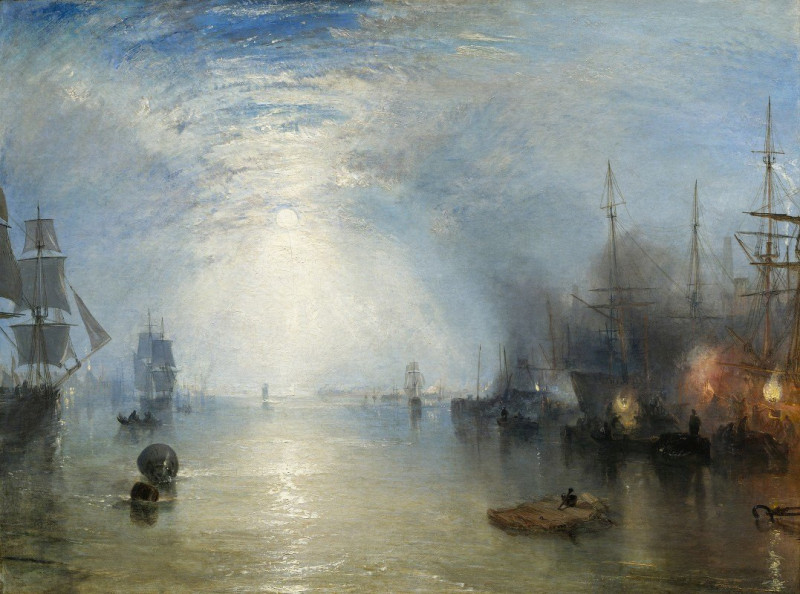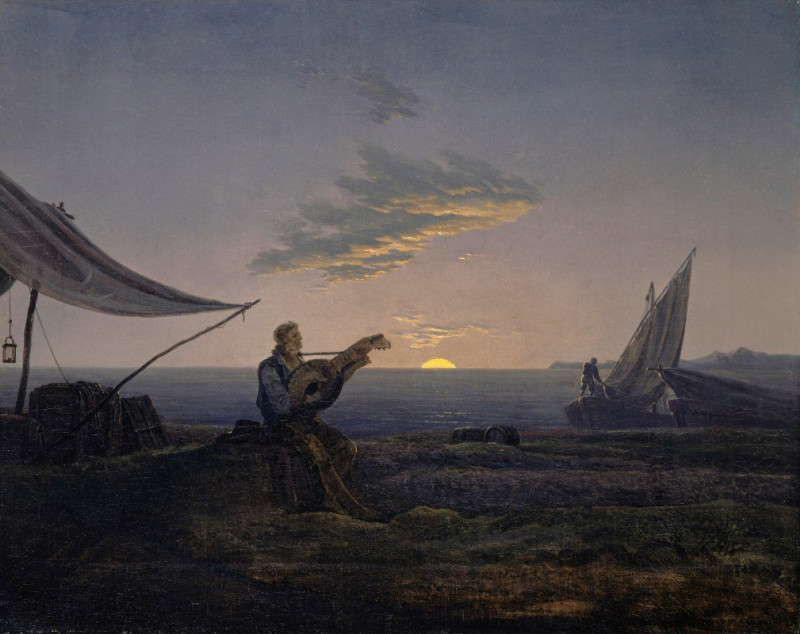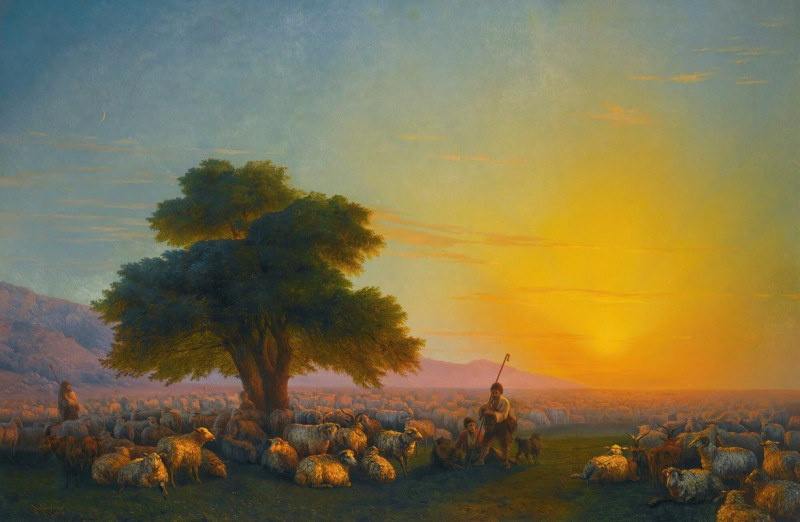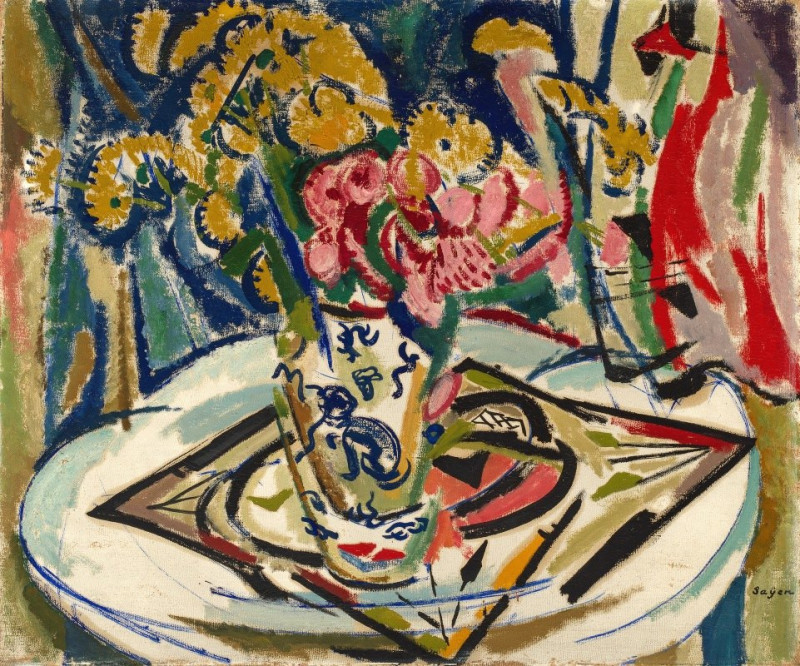Arthur Dove'S Fall Brook Railroad
Technique: Giclée quality print
Recommended by our customers
More about this artwork
The painting "Fall Brook Railroad" by Arthur Dove is an evocative landscape that blends elements of abstraction with representational forms, capturing a distinctly American scene through a modernist lens. In this work, Dove offers a view that is both industrial and natural, symbolizing the transformation and encroachment of industrialization into the rural landscape.The artwork features a series of buildings, possibly factories or warehouses, depicted with broadly applied strokes of earthy and muted tones. These buildings are characterized by their simplistic, almost geometrical forms, which contrast softly against the more fluid and organic shapes of the natural elements in the composition.Dominating the scene is the intricate network of power lines and telegraph poles, stretching across the painting in dynamic, sweeping lines which draw the eye across the piece. These lines not only signify the advance of technology and human influence but also add a strong visual movement that intersects with the more static elements of the landscape.To the right, there’s a depiction of trees and foliage, rendered in a loose, expressionistic style. These natural forms, with their thick dabs and swirls of paint, provide a textural contrast to the smoother, flatter appearance of the built environment.
Delivery
Returns
Arthur Dove was a Modernist American artist well known for landscapes and abstract paintings. Dove produced commercial illustration works for magazines including Harper’s Magazine. After returning from Paris, Dove met Alfred Stieglitz who mentored him. During his life, he created a number of inventive and distinguishing artworks using stylize abstract forms, often representing nature including sunrise, trees, water, waterfall, and thunderstorm. Dove’s fame continued to grow after his death. He is said to influence the first generation of Abstract Expressionists, such as Jackson Pollock and Mark Rothko.

